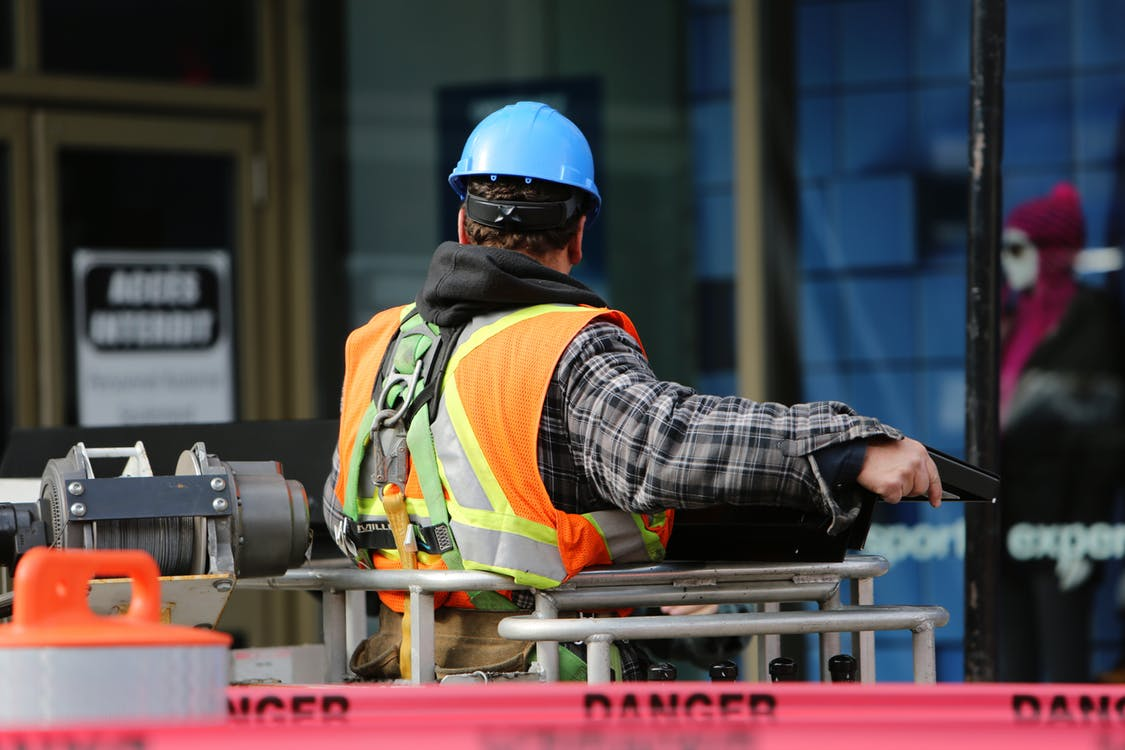As your business's most important asset, ensuring that your employees are safe and healthy is crucial. Here, we outline five key tips that will help any company to maintain strong health and safety standards, no matter their risk level.
Businesses across every industry are striving to improve workplace safety every day. Injuries have cost thousands of dollars in losses to companies that were found to have been negligent. But other than a significant blow to the bottom line, unsafe working environments can also tarnish reputations.
That said, companies need to take a closer look at how they can comply with safety standards and ensure the security of their employees.
Here are a few approaches you need to consider to improve workplace safety.
1. Conduct a Safety Audit
The first step is to ascertain what the company needs to do to improve workplace safety. Conducting a safety audit allows you to identify issues you need to iron out and allows you to look for possible solutions.
A safety audit can be conducted internally, but you can always hire a third-party inspection team to help you come up with a more detailed and objective illustration of the company's strengths and weaknesses in terms of safety. As the CEO, you should take part in the inspection so you can document any and all improvements.
Moreover, close collaboration with your maintenance team, HR department, and auditors is vital. This allows you to get insights from a diverse range of perspectives and allocate the right amount of resources for safety equipment and facilities that, for instance, prevent an employee from getting hurt after a fall — you may even end up in significant legal trouble for not having these measures implemented in the first place.
As the CEO, you should take part in the inspection so you can document any and all improvements.
2. Train Your Employees Well
Let's face it, even if you comply with state and federal safety standards, your employees might still get injured one way or the other.
Human error is one of the leading causes of workplace accidents. When you let an inexperienced employee handle a sophisticated piece of machinery, the risk becomes unavoidable. That is why proper training should not just focus on knowing how to operate specific equipment. Employees need to make sure they wear the proper safety gear and follow safety protocols at all times. For this, it's important that all employees — new hires and veteran staff alike — follow these measures diligently.
Investing in equipment such as hard hats, gloves, and guardrails is only a part of ensuring a safer work environment. You also need the cooperation of the workforce, so make sure to codify these protocols and safety processes before onboarding new recruits.
3. Keep Tabs on Employee Health
The HR department should be able to do a temp check every now and then to find out if there are any employees who might be experiencing physical and mental stress.
Keeping tabs on your employees is not about maintaining productivity. You need to reach out to employees who have developed a health condition on the job or are undergoing emotional turmoil. These issues can affect not only their performance but also their safety.
That said, make sure that the company is able to chat with each employee to see how they are doing. Such interactions will also help you determine safety and health issues that were not initially detected during the audit.
[ymal]
4. Purchase Ergonomic Equipment
It is no secret that serious bone and muscle conditions develop through constant exposure to strenuous labour. Whether they are sitting at a computer screen from hours on end or driving a delivery truck, you need to help prevent your employees from injuring themselves over time.
For this, it's always important to purchase ergonomic equipment. Office chairs should be replaced with ones that give adequate lumbar support and have a headrest. You might also consider replacing keyboards with padding for the wrist and keys that are structured in a V-shape. For vehicles, consider modifying the driver seat so that the steering wheel is situated lower than the chest.
These simple changes, along with mandatory stretch breaks, should help your employees prevent the onset of musculoskeletal disorders or MSDs.
5. Include Safety During Regular Meetings
Town Hall meetings offer opportunities for you to understand what it is you have missed out in terms of safety. So, apart from planning the next corporate event, you will also need to discuss any incidents that have recently occurred. You may also need to review safety policies and processes and check for any maintenance issues that need to be addressed.
Being able to touch base with your workforce regarding these issues should help keep everyone in the loop as to what’s happening in the company.
Safety is definitely more than just a requirement businesses need to comply with. It is also an important factor for keeping your reputation intact and, most of all, assuming your legal and moral responsibility to protect your employees from danger, whether avoidable or not.











